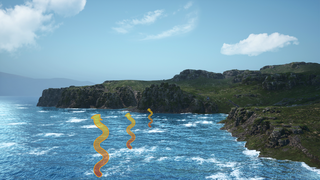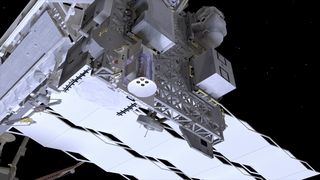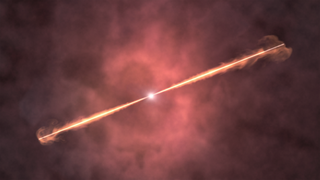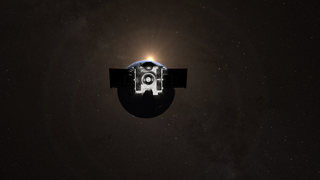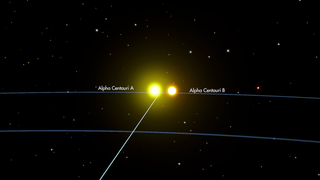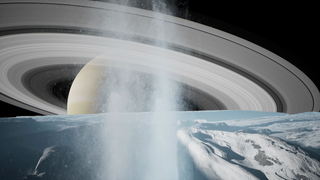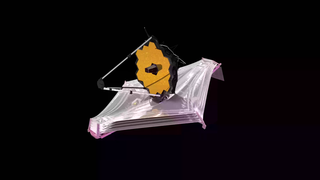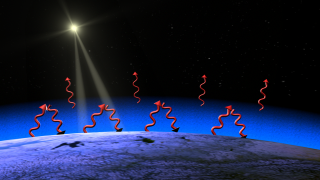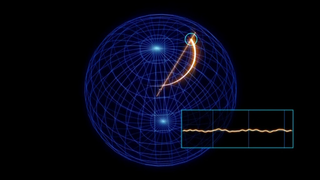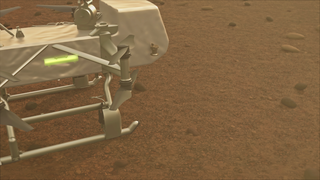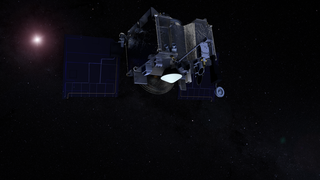Earth
ID: 20031
This illustration shows how cooler than normal tropical Pacific Ocean temperatures (blues) and warmer than normal tropical Atlantic Ocean temperatures (red and orange) contributed to a weakened low level jet stream and changed its course.
The jet stream normally flows westward over the Gulf of Mexico and then turns northward pulling up moisture and dumping rain onto the Great Plains. During the 1930s, this low level jet stream weakened, carrying less moisture, and shifted further south. The Great Plains land dried up and dust storms blew across the U.S.
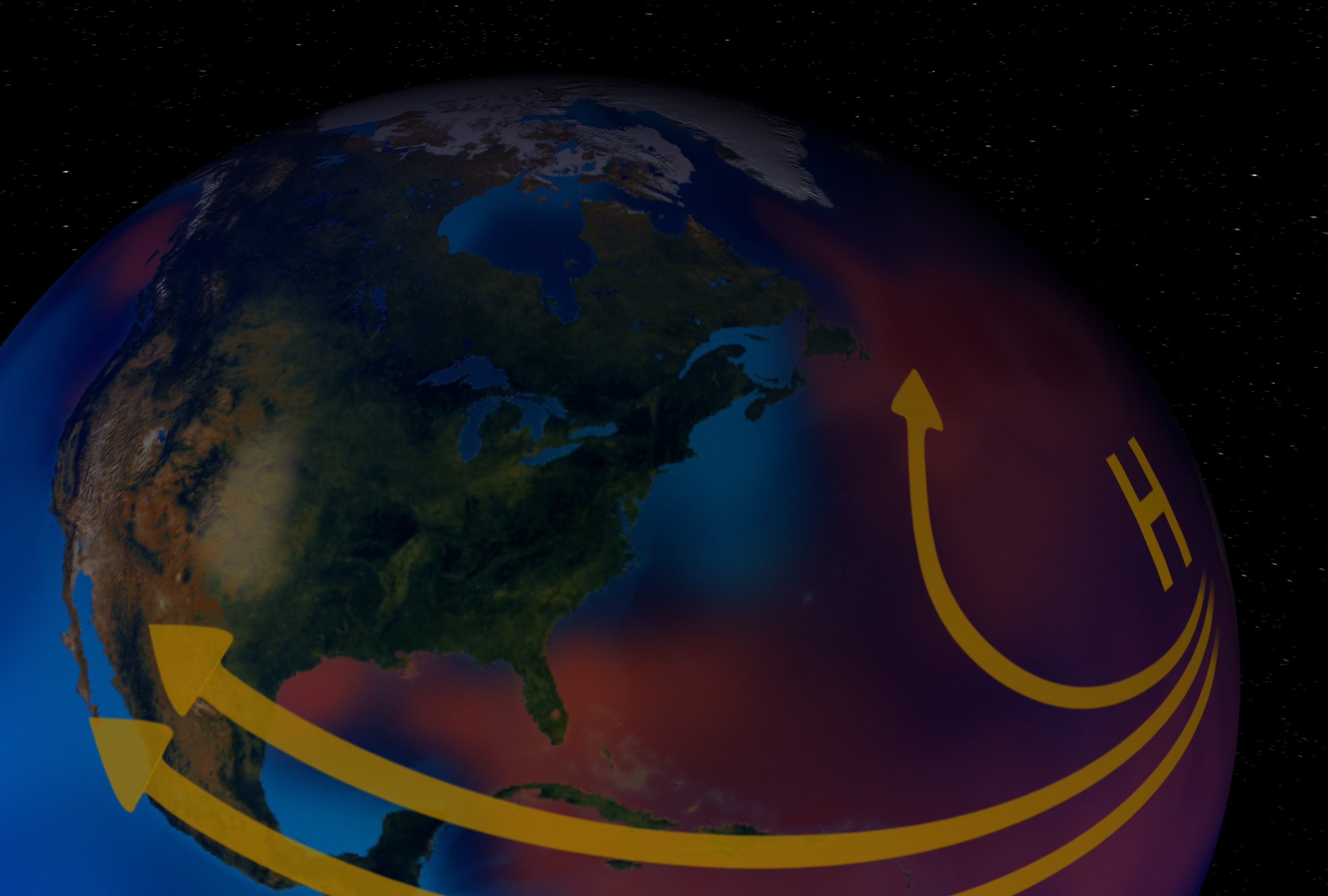
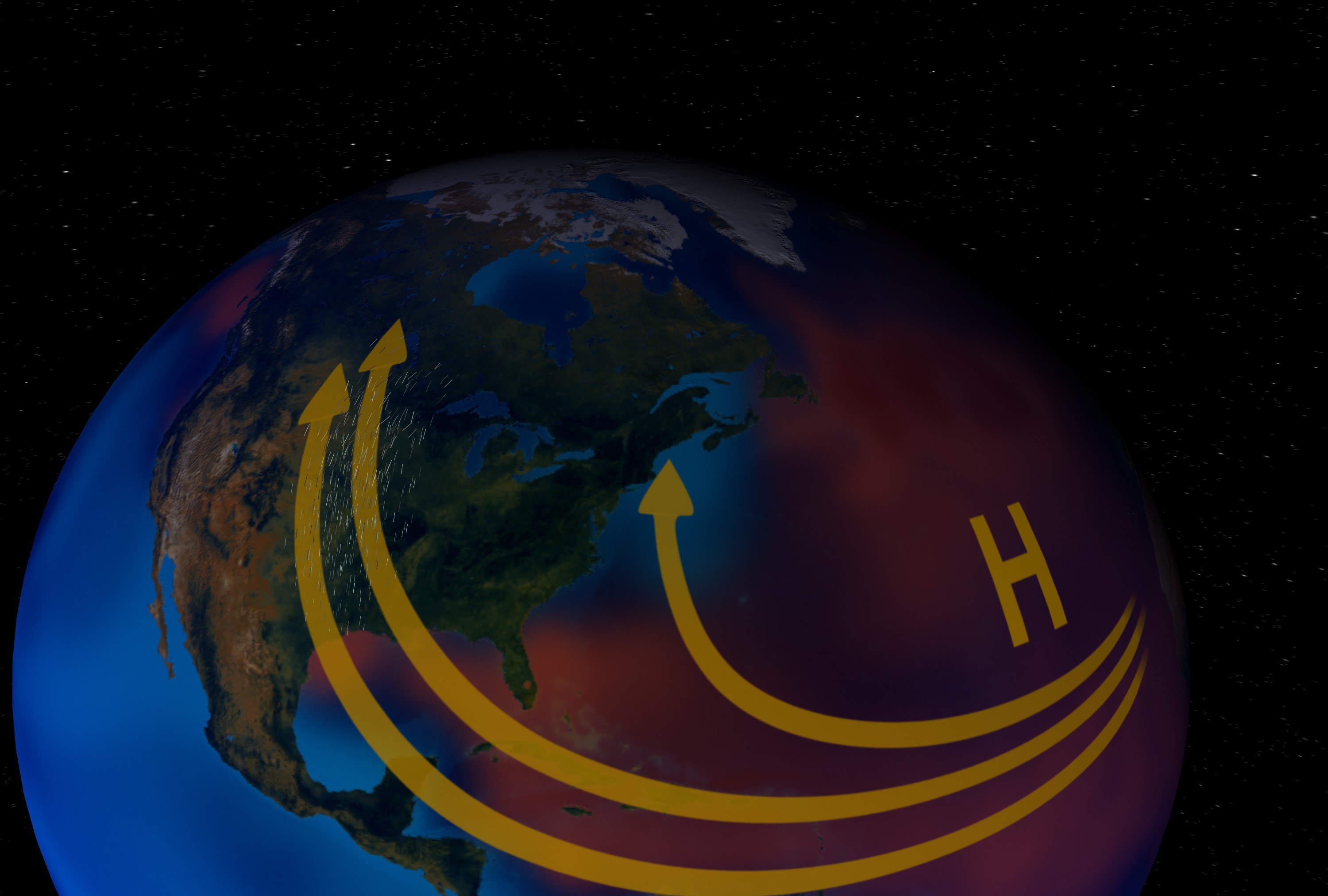
NASA Explains 'Dust Bowl' Drought
The jet stream normally flows westward over the Gulf of Mexico and then turns northward pulling up moisture and dumping rain onto the Great Plains. During the 1930s, this low level jet stream weakened, carrying less moisture, and shifted further south. The Great Plains land dried up and dust storms blew across the U.S.


Animation Credits
Susan Twardy (HTSI): Lead Animator
Siegfried D. Schubert (NASA/GSFC): Scientist
Rani Chohan (NASA/GSFC): Writer
Siegfried D. Schubert (NASA/GSFC): Scientist
Rani Chohan (NASA/GSFC): Writer
Please give credit for this item to:
NASA/Goddard Space Flight Center Conceptual Image Lab
NASA/Goddard Space Flight Center Conceptual Image Lab
Short URL to share this page:
https://svs.gsfc.nasa.gov/20031
Goddard TV Tape:
G2004-020
Keywords:
SVS >> Byrne
SVS >> Drought
SVS >> Gonnelli
GCMD >> Earth Science
GCMD >> Earth Science >> Atmosphere >> Precipitation
GCMD >> Earth Science >> Oceans >> Ocean Temperature >> Sea Surface Temperature
NASA Science >> Earth
GCMD keywords can be found on the Internet with the following citation: Olsen, L.M., G. Major, K. Shein, J. Scialdone, S. Ritz, T. Stevens, M. Morahan, A. Aleman, R. Vogel, S. Leicester, H. Weir, M. Meaux, S. Grebas, C.Solomon, M. Holland, T. Northcutt, R. A. Restrepo, R. Bilodeau, 2013. NASA/Global Change Master Directory (GCMD) Earth Science Keywords. Version 8.0.0.0.0
https://svs.gsfc.nasa.gov/20031
Goddard TV Tape:
G2004-020
Keywords:
SVS >> Byrne
SVS >> Drought
SVS >> Gonnelli
GCMD >> Earth Science
GCMD >> Earth Science >> Atmosphere >> Precipitation
GCMD >> Earth Science >> Oceans >> Ocean Temperature >> Sea Surface Temperature
NASA Science >> Earth
GCMD keywords can be found on the Internet with the following citation: Olsen, L.M., G. Major, K. Shein, J. Scialdone, S. Ritz, T. Stevens, M. Morahan, A. Aleman, R. Vogel, S. Leicester, H. Weir, M. Meaux, S. Grebas, C.Solomon, M. Holland, T. Northcutt, R. A. Restrepo, R. Bilodeau, 2013. NASA/Global Change Master Directory (GCMD) Earth Science Keywords. Version 8.0.0.0.0
